Rangoli, a vibrant art style that is a piece of hues that communicates a message of collective peace, spirituality, and tradition, has adorned India’s floors for decades. Sunburst Rangoli art form, which originated in the sacred halls of temples, continues to influence daily life and ceremonies in modern Indian households, evolving in fashion and significance but never sacrificing its fundamental aspects of culture.
The Origins of Divine Origin
The Rangoli tradition has its roots in prehistoric customs where the art form was considered a kind of heavenly manifestation rather than just art. Rangolis were used in temples as a reflection of the enduring beauty of the cosmos and as a holy welcome sign for the gods. Using materials like rice flour, which also functioned as a food source for microscopic organisms, priests or followers painstakingly crafted these designs, which embodied the concept of cohabitation.
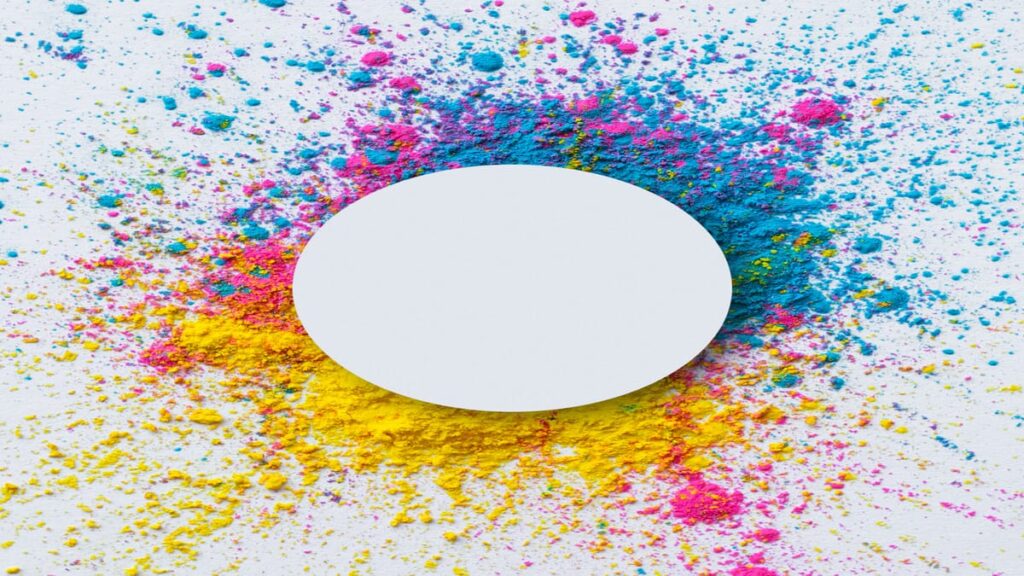
The Evolution of Sunburst Rangoli
Rangoli evolved into an art form that honored both the ordinary and the sacred as it moved from temples to homes. The ingredients became more varied, ranging from red brick powder to colored sand and even artificial coloring. The motifs now incorporate a wider variety of iconography, including representations of gods and goddesses, natural sceneries, and abstract patterns echoing modern aesthetics, alongside traditional lotus and geometric patterns.
Examining the Rich Designs by Sunburst Rangoli
A captivating display of detailed patterns and designs made on the ground using colorful powders, rice, or flower petals is known as a rangoli, a traditional Indian art form. This age-old craft has been handed down through the centuries and is highly valued in Indian society. Rangoli is more than just a creative expression; it is an integral part of many festival customs and has a rich symbolic history.
Rangoli’s diversity and limitless creative potential are what make it so beautiful. Every design, whether it features geometric patterns or floral motifs, is distinct and demonstrates the artist’s creativity and talent. The complex details in the patterns, which are frequently symmetrical, call for patience and accuracy. Rangoli is a visual feast for the eyes due to the vivid colors employed in it.
In India, people practice rangoli as a national art form in every region, with local variations. It is not exclusive to any one area or community. Northern Indian rangoli designs commonly feature motifs such as flowers, foliage, and birds, drawing inspiration from the natural world. Complicated geometric designs found in the southern states often feature fine lines and complex details. The utilization of vivid colors and striking designs is characteristic of the eastern parts of India, whilst the western states frequently include religious symbols and deities in their rangoli artwork.
Steps to Draw Sunburst Rangoli
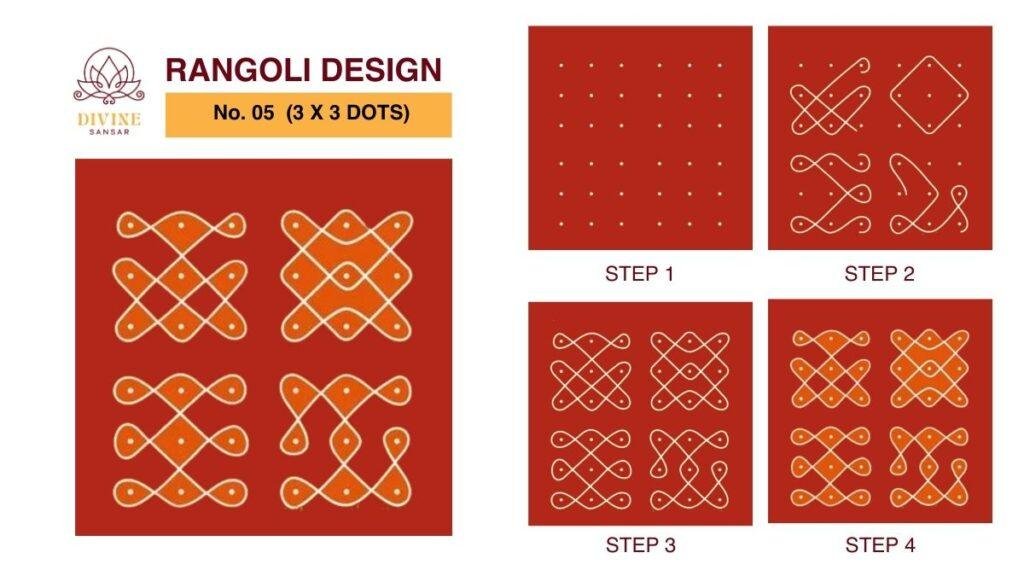
- Dry and clean the surface where you will draw the rangoli.
- Create a 3 × 3 grid with evenly spaced dots (about 1 inch or 2.5 cm apart) using chalk or white powder.

- Draw a little circle encircling the central dot first. This will be your sunburst’s core.
- To create a more expansive starburst design, draw more lines that extend from the center circle through each outside dot.

- To provide even more information, you may also add dots or tiny circles to where the rays connect.

- Place the colors exactly inside each piece, beginning in the middle and working your way outward, using a tiny spoon or your fingertips.

Ideas for Eco-friendly Rangoli
Rice with Colors
This is a simple technique to make Rangoli with organic ingredients. You must color some rice in a different way and utilize it in the same way as regular rice.
You can use turmeric for yellow, beet juice for red, mashed leaves for green, and crushed flowers in various colors.
Paper Quill
Paper quilling is a special kind of art. Quilling is the process of bending, folding, and rolling strips of paper into different shapes to create aesthetically pleasing patterns. This method can also be used to make Rangolis. Additionally, you can store this rangoli for a very long period. After Diwali, you can frame and display this Rangoli in your house. All stationery stores sell inexpensive quilling papers. Additionally, the quilling needle used to roll the strips is quite reasonably priced.
Flour
You can use simple wheat flour for environmentally friendly Rangoli, similar to rice. Coloring flour with liquids is not possible, hence limiting color selections. However, artists can use the limited color palette to create a variety of lovely designs.
Turmeric is always the finest option for yellow. You can use powdered indigo to achieve a blue color. The flour has a white color.
Flower Blooms
The finest option for an environmentally conscious Diwali is this. These are stunning, devoid of chemicals, and highly sustainable. A variety of flowers in various colors and sizes are available for purchase.
Colors of Herbs
If you want powdered colors, herbal colors are the greatest option, albeit being a bit more expensive. These natural herbal colors don’t hurt the environment in any manner. They are essentially free of chemicals and kind to the environment.
Vibrant Stones
The cleanest method for creating rangolis is to utilize colored stones, which will allow you to express your creativity to the fullest. It is advantageous that colored stones don’t make a mess because you can preserve them for the next year, something that isn’t possible with colored rice and flowers.
You can always use these colored stones to adorn your plant pots if you wish to try something else the next year. They look quite lovely when placed around the stems of your plants.
Conclusion
Like yoga and meditation, people pass down rangoli as an ancient art due to its profound spiritual value over decades. In addition to representing sound waves, the curved patterns connecting the dots show the universe’s infinite size. Rangoli, an auspicious symbol that has developed with designs and materials employed, brings harmony and balance. It transcends geography and time and provides wealth, health, and happiness to the home.

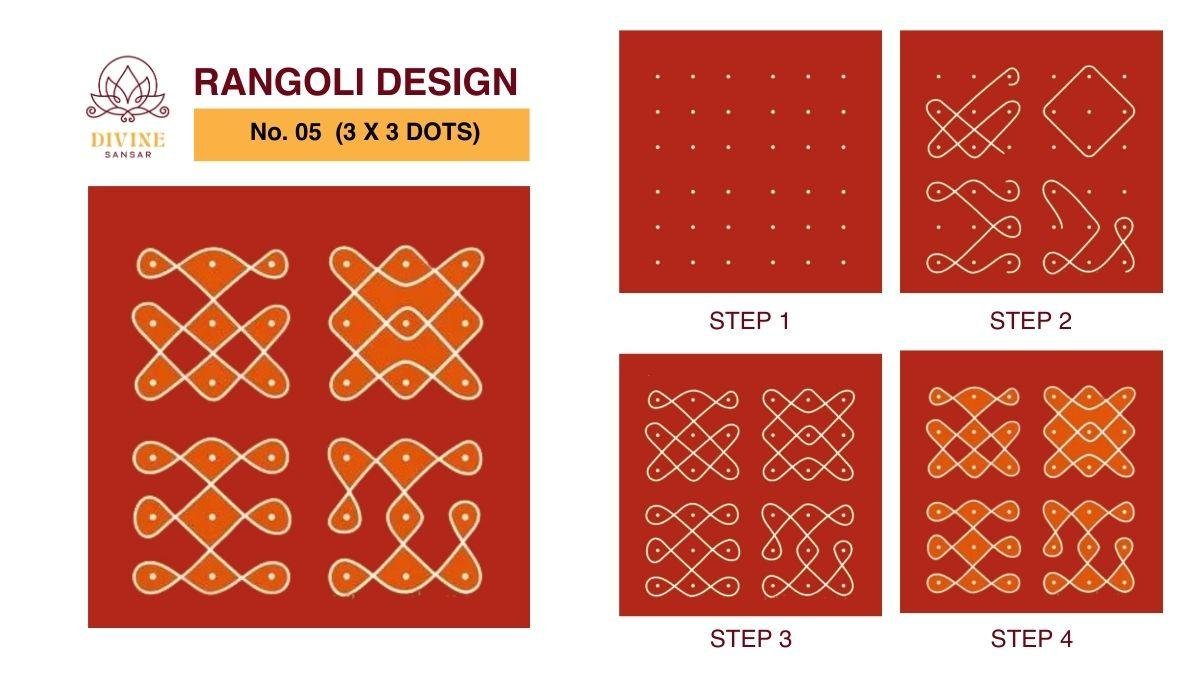
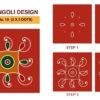


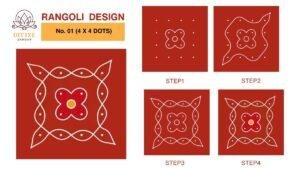
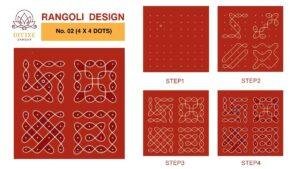
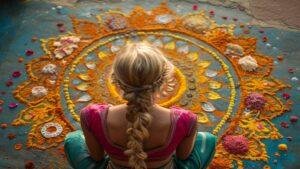





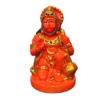
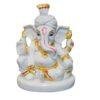

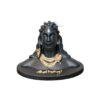
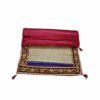
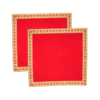
Add comment